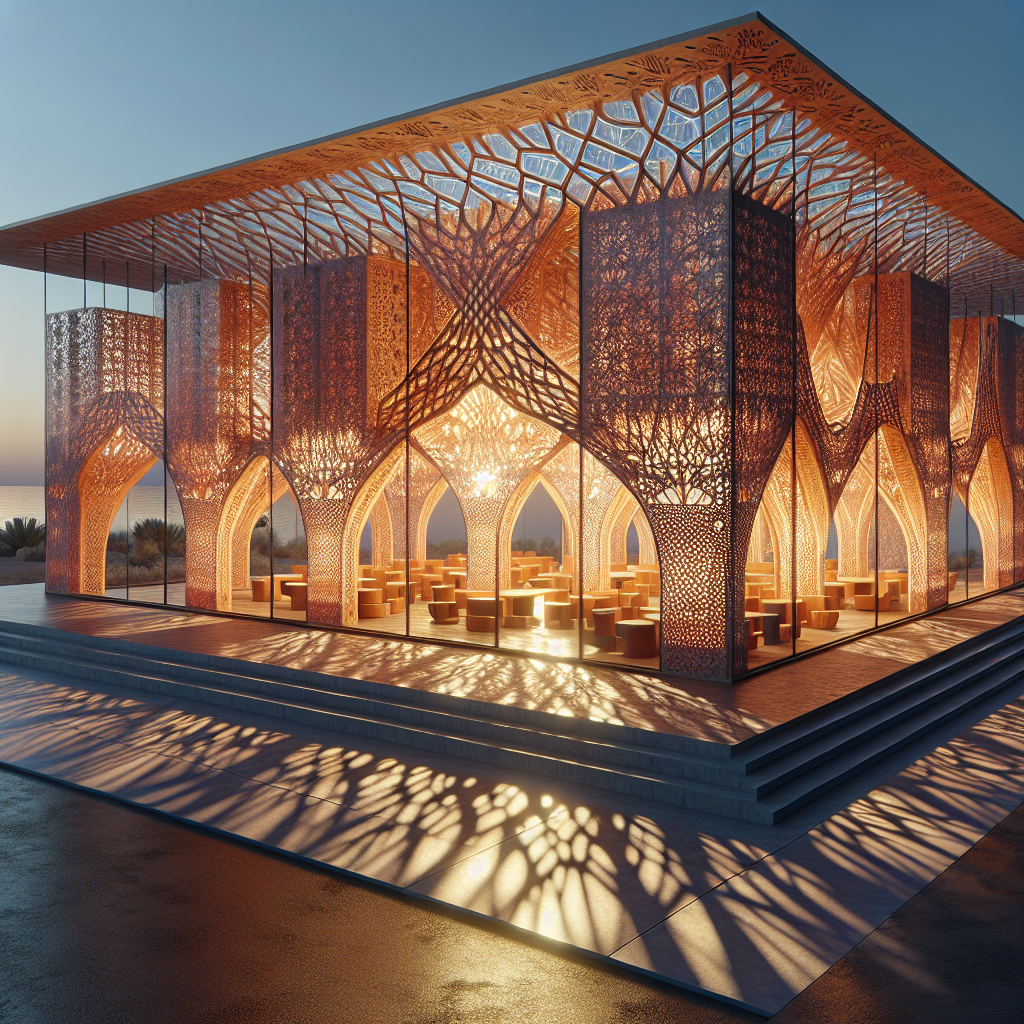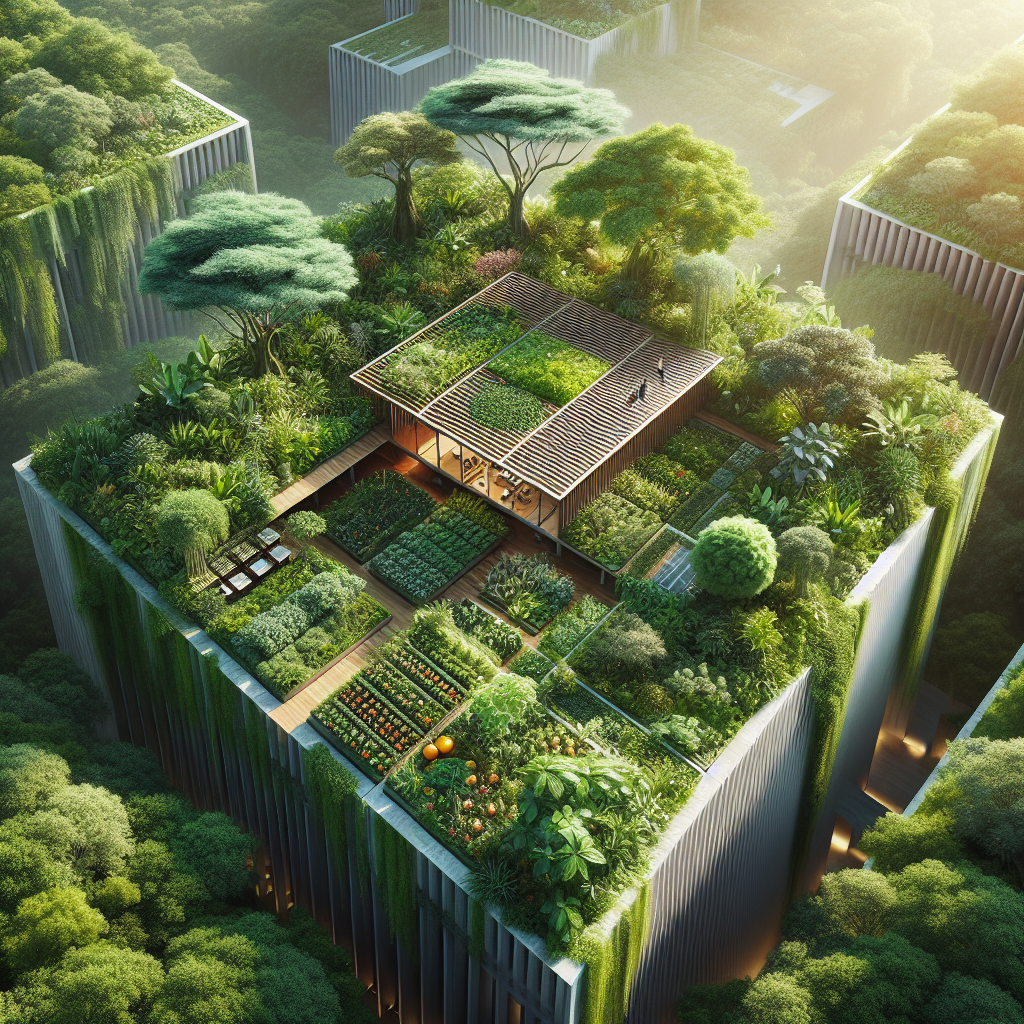Immersive ephemeral: lighting drone-based luminescent sculptures
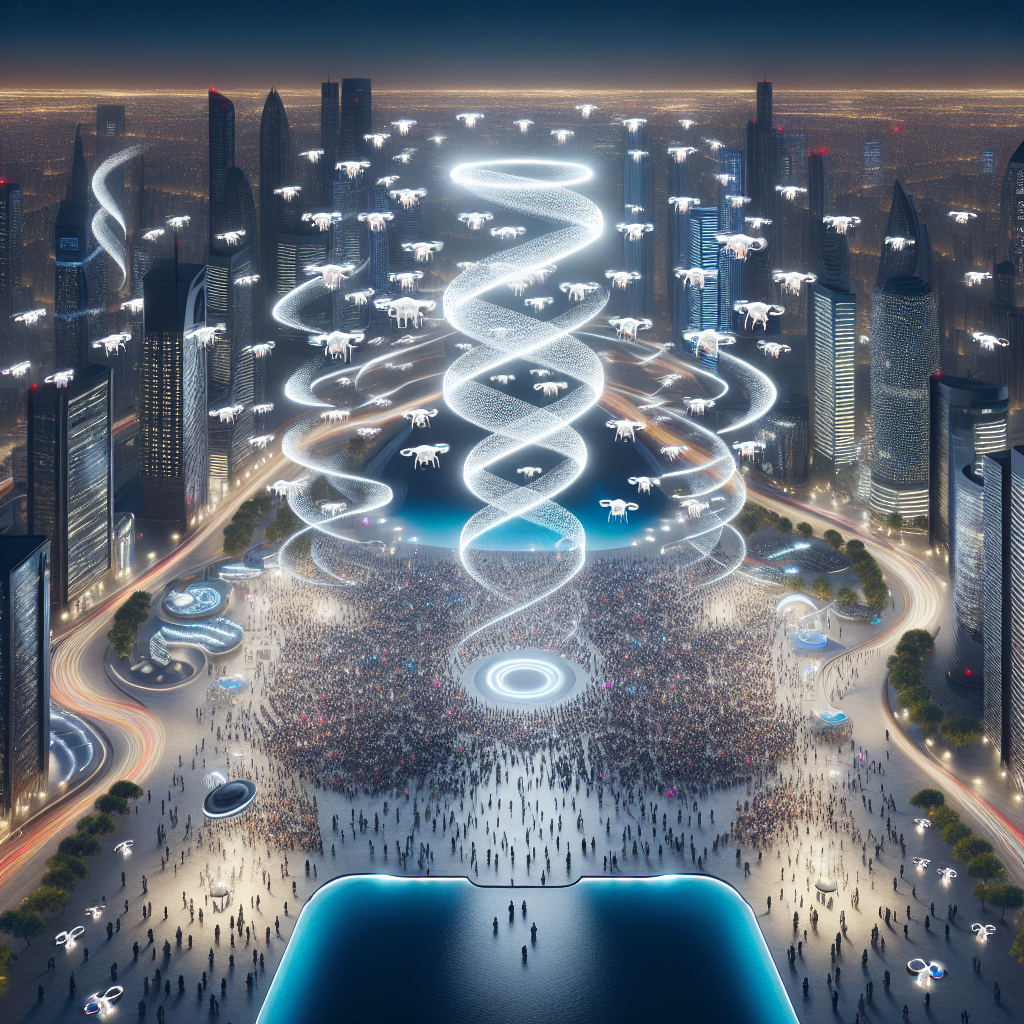
Immersive Ephemeral: Lighting Drone-Based Luminescent Sculptures
In the twilight between art and architecture, a new medium is emerging—one that transcends the physical and redefines the boundaries of light, form, and temporality. Lighting drone-based luminescent sculptures are reshaping how we perceive space, creating ephemeral architectures that hover, shimmer, and dissolve into the night sky. These choreographed constellations of drones—each equipped with precision LED systems—compose dynamic, three-dimensional light sculptures that exist only for moments, yet leave an indelible imprint on collective memory.
The Rise of Aerial Light Architecture
Drone-based light installations have evolved far beyond their early spectacle-driven origins. Once confined to entertainment or large-scale events, they now inhabit the realm of immersive design and architectural experimentation. Studios such as Studio Drift and SKYMAGIC have pioneered this transformation, crafting aerial compositions that evoke both digital precision and organic fluidity. Their works echo the natural rhythms of bioluminescent organisms, meteor showers, or murmuring flocks of starlings—phenomena that blend chaos and order in perfect harmony.
These installations are not merely performances; they are temporary architectures of light. Each drone acts as a pixel in a volumetric canvas, allowing designers to “draw” in three dimensions. The resulting forms—whether hovering domes, spiraling lattices, or undulating ribbons—challenge the static nature of traditional sculpture. They suggest a future where architecture becomes performative, responsive, and transient.
Technology Meets Poetics
At the core of these luminescent sculptures lies a convergence of drone technology, computational design, and lighting innovation. Each drone is a microcosm of precision engineering: equipped with GPS modules, real-time kinematic positioning, and synchronized LED arrays capable of producing millions of color variations. The choreography is orchestrated through algorithmic scripts that translate digital models into aerial movement, often guided by parametric design principles similar to those explored in parametric architecture.
Yet, beyond the technological sophistication, the allure of these installations lies in their poetic impermanence. They exist only as long as their batteries last, dissolving back into darkness once the sequence concludes. This fleeting quality resonates deeply with contemporary design’s fascination with the ephemeral—a counterpoint to the permanence of concrete and steel. It’s a dialogue between material absence and emotional presence, between data and atmosphere.
Spatial Experience and Emotional Resonance
For architects and designers, the significance of drone-based luminescent sculptures extends beyond visual spectacle. They redefine spatial experience. Viewers are enveloped in a dynamic field of light that shifts with perspective and proximity. Unlike static installations, these aerial architectures invite participation—people move, look up, and engage with the space as it transforms above them.
In Tokyo, for instance, a recent installation titled Sky Bloom featured over 500 drones forming a luminous canopy that mirrored the geometry of cherry blossoms. The drones pulsed in synchronized gradients of pink and white, creating a meditative, multisensory experience that blurred the line between nature and technology. Such projects echo the principles of biophilic design, evoking natural phenomena through artificial means to foster emotional connection and collective awe.
Ephemerality as Sustainability
In an era increasingly defined by sustainability and resource consciousness, the ephemeral nature of drone-based installations offers a compelling ecological narrative. Unlike traditional architectural lighting or large-scale set constructions, these aerial sculptures leave no physical trace. They require minimal material resources, produce negligible waste, and can be powered by renewable energy sources. Their environmental footprint is closer to that of a digital artwork than a built structure.
This approach aligns with the broader movement toward circular design and temporary architecture—concepts that prioritize adaptability, reuse, and minimal impact. As cities grapple with the challenge of creating meaningful public experiences without overbuilding, drone-based luminescent art offers a sustainable alternative: architecture that exists only when needed, then gracefully disappears.
Urban Canvases and Collective Memory
Across the globe, urban skylines are becoming canvases for these transient light architectures. From the deserts of Nevada to the canals of Amsterdam, drone formations are redefining how cities express identity and celebrate culture. The 2024 Paris Olympic Games, for example, integrated drone light performances as part of their opening ceremony, merging national symbolism with technological artistry—a gesture that reflected the city’s ongoing dialogue between heritage and innovation, as explored in Paris’s architectural evolution.
These installations also engage with the concept of public art in new ways. Unlike static monuments, they are democratic in both access and temporality. Anyone within visual range becomes part of the audience, and the artwork’s disappearance becomes a shared moment of collective reflection. The memory of the event—its light, sound, and atmosphere—lingers long after the drones have landed.
Designing the Invisible
Creating these aerial sculptures demands a new design language—one that merges spatial thinking with temporal choreography. Designers must consider not only form and color but also motion, rhythm, and duration. The process is akin to composing music or directing a ballet, where each drone is a performer in a synchronized ensemble. The resulting “architecture of light” is as much about absence as presence, about what remains unseen between the illuminated points.
Architectural theorists have begun to interpret these installations as part of a broader trend toward immaterial design—a field that includes holographic projections, augmented reality environments, and interactive light façades. As discussed in virtual reality in architecture, the boundaries between physical and digital space are dissolving, giving rise to hybrid experiences that engage both body and imagination.
From Spectacle to Spatial Research
While drone-based light shows have captivated global audiences, their potential extends far beyond entertainment. Architects and urban planners are beginning to explore their use as experimental spatial tools. By mapping drone trajectories in real time, designers can visualize volumetric relationships, simulate crowd movement, or test urban lighting scenarios before physical implementation. This integration of aerial data and design thinking represents a paradigm shift in how we conceive and prototype spatial experiences.
Moreover, the performative nature of these installations encourages interdisciplinary collaboration. Lighting designers, coders, architects, and choreographers converge to craft experiences that are at once technical and emotional. This synthesis of disciplines mirrors the ethos of the Bauhaus movement, where art, technology, and craft coalesced into a unified creative vision—only now, the canvas is the sky itself.
The Future of Luminescent Architecture
As drone technology advances—with lighter materials, longer flight times, and AI-driven coordination—the possibilities for luminescent architecture will expand exponentially. Future installations may integrate environmental sensors, responding to wind, temperature, or even audience movement. Imagine a city skyline that breathes with its inhabitants, its light formations reflecting the pulse of urban life in real time.
These developments point toward a new aesthetic paradigm: one where architecture is no longer bound by gravity or permanence, but defined by experience, emotion, and time. In this context, the term “building” becomes metaphorical—a structure of perception rather than material. The immersive ephemeral becomes a design philosophy, celebrating impermanence as a form of beauty and innovation.
Illuminating Tomorrow’s Cities
Drone-based luminescent sculptures are more than fleeting spectacles; they are manifestations of a shifting architectural consciousness. They remind us that light, movement, and atmosphere can be as architecturally potent as stone or steel. In their transient glow, we glimpse the future of design—one that is lighter, more responsive, and profoundly human.
As cities evolve toward smarter, more sustainable ecosystems, these aerial architectures of light may become the new landmarks of the digital age: not fixed monuments, but living, breathing experiences that unite technology, art, and emotion in the shared sky above.
In their silent choreography, we find a new architectural language—one that speaks not through walls or roofs, but through
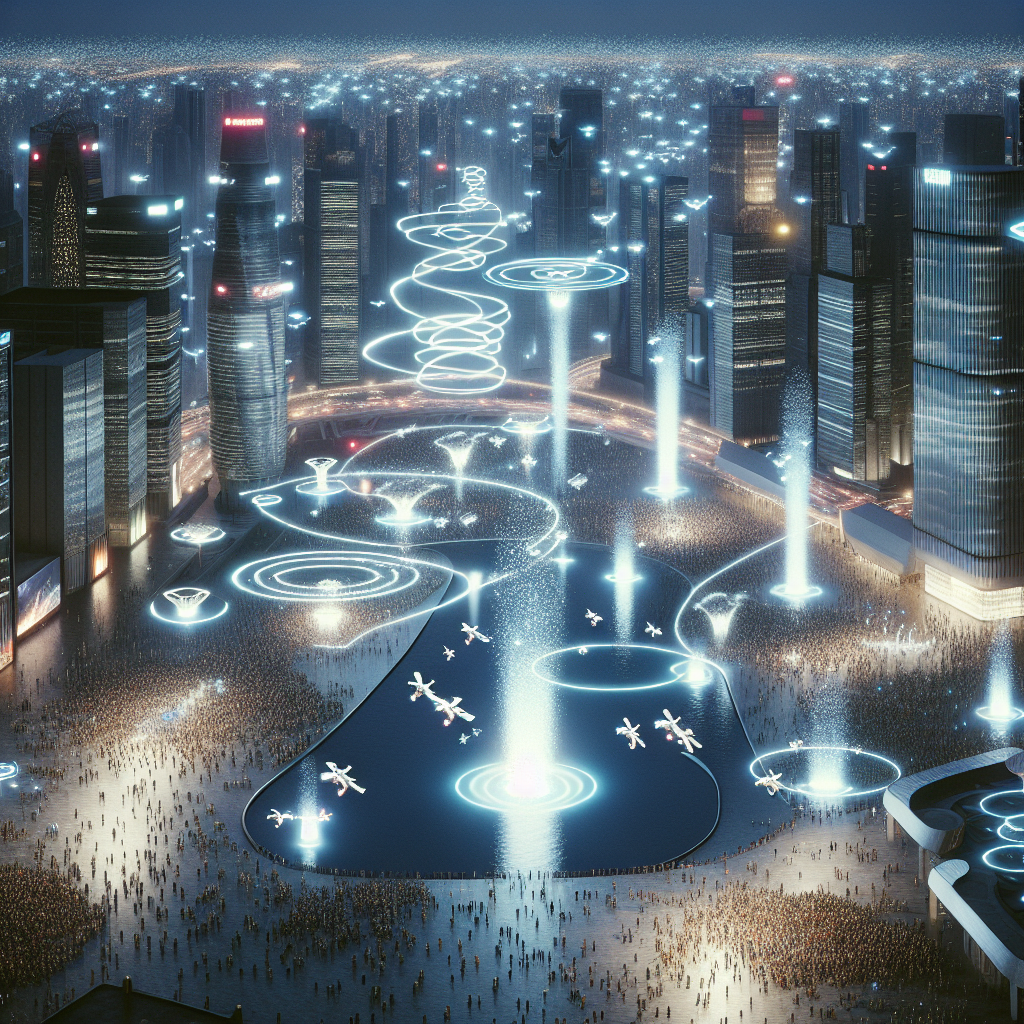
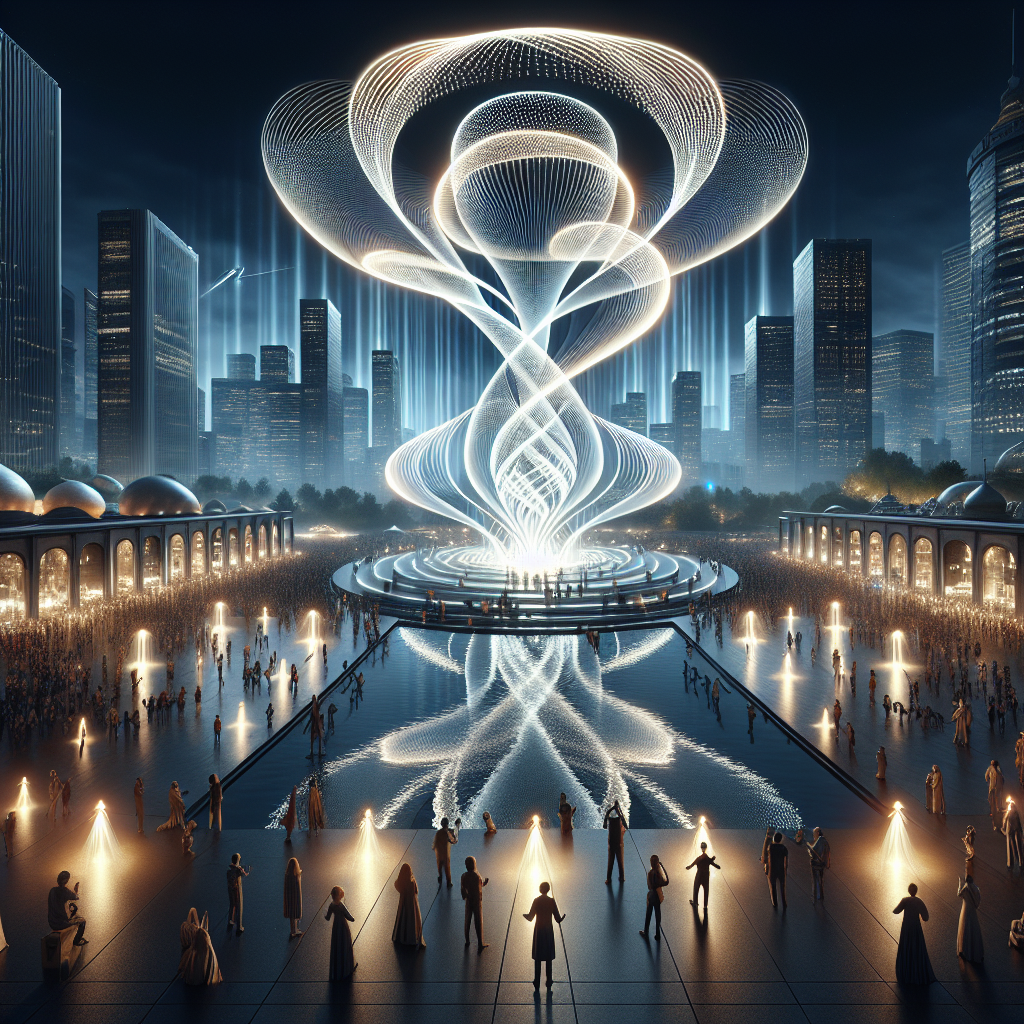
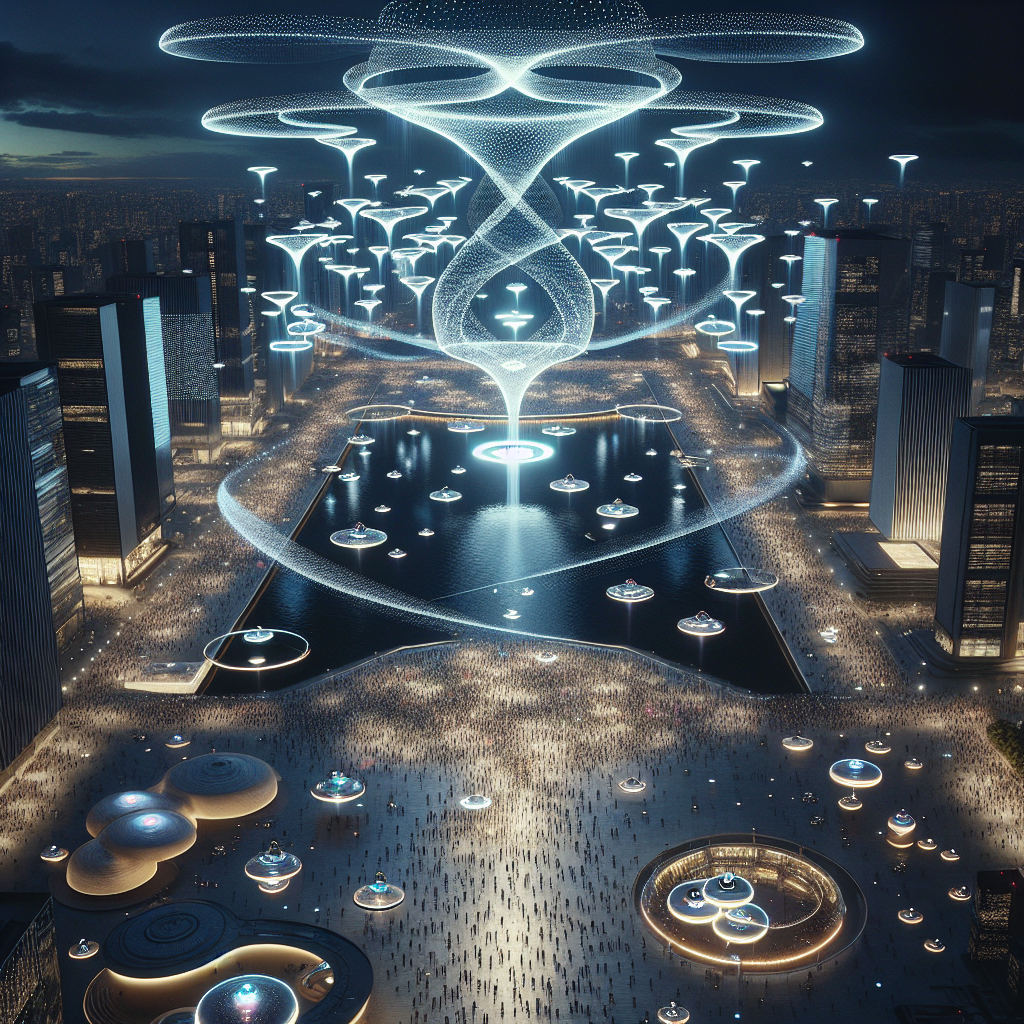
❮
❯


